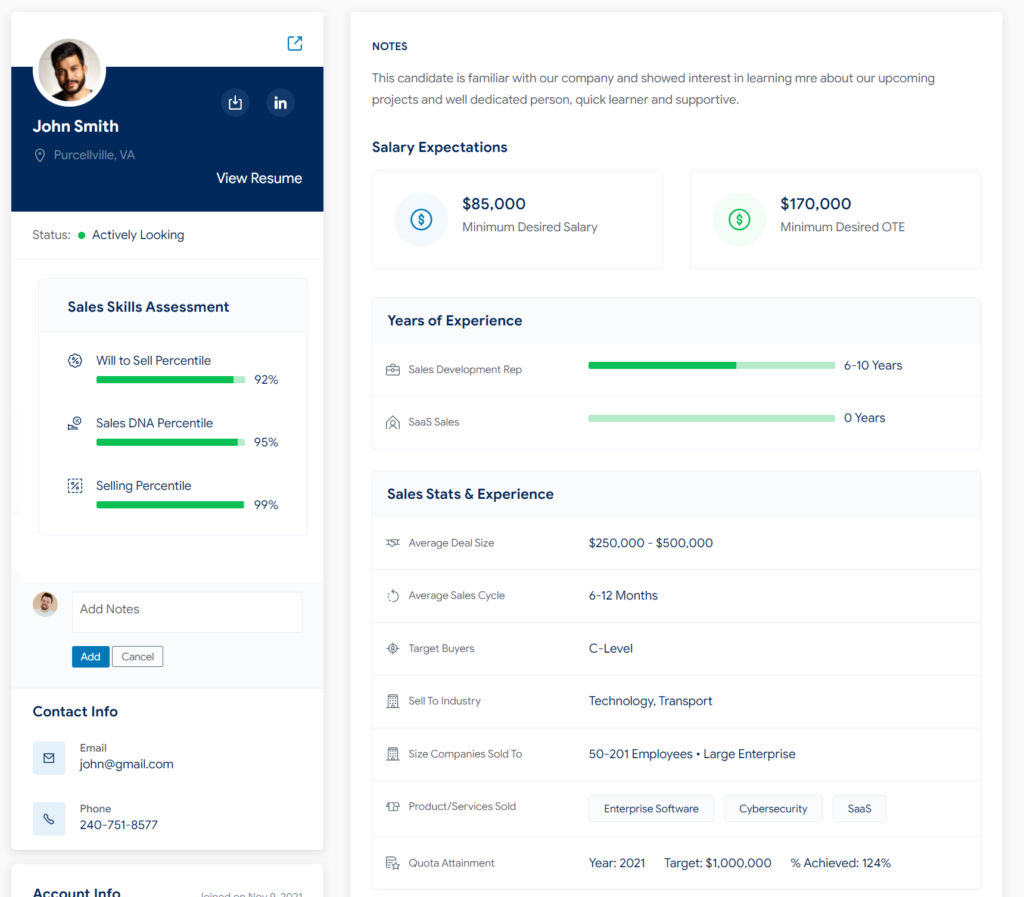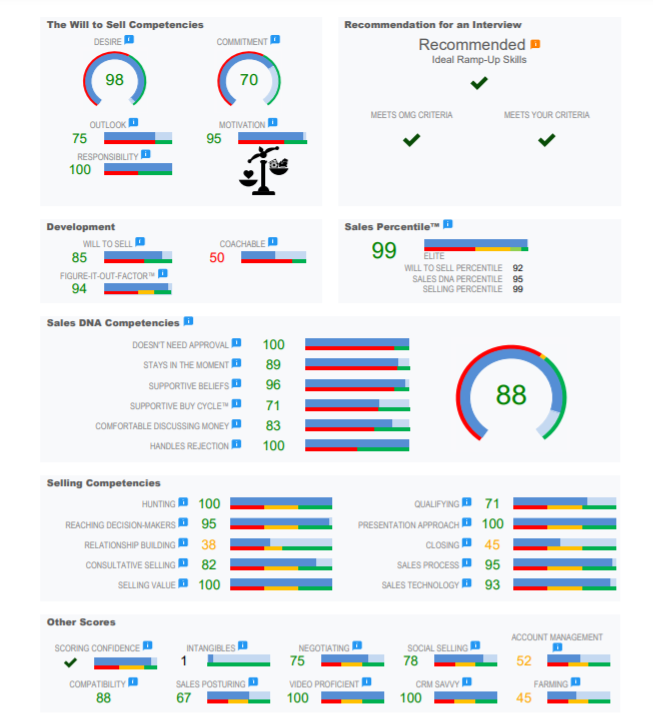Reviews are nothing new in the consumer world. 93% of people say they look at online reviews to inform their purchasing decision, and 91% trust online reviews as much as personal recommendations. But in recent years, there’s been a trend where a growing number of sales candidates are now consulting reviews when evaluating prospective employers.
Recognizing this phenomenon and properly leveraging it can give you a huge competitive advantage and help win the talent war. Here’s how.
At Least Half of Sales Candidates Now Read Company Reviews
Data from a 2018 study found that roughly 50% of sales candidates read online reviews about companies to learn about the working conditions, culture, and overall environment before applying for a job. While this data is fairly new, I would suspect that the number has increased even more over the last four years and is likely even higher in 2022.
The bottom line is that a significant percentage of sales candidates turn to company reviews before applying. And it makes sense. With reviews so plentiful, candidates can quickly perform research to get a baseline reading of what it would be like to work as a salesperson with a potential employer. With a little investigating, they can determine whether the company is a good fit and if it’s a position they’d like to pursue.
Sales Candidates Read an Average of 6 Reviews
In terms of the number of reviews candidates check out on average, it’s six. While most prospects won’t comb through pages and pages of reviews to get a feel for an employer, they’ll look at a handful to see what current employees, former employees, and job seekers have to say. So for reviews to be effective, you’ll need to have at least six (something we’ll discuss in more detail later).
Most Sales Candidates Trust Employer Reviews
As I mentioned earlier, 91% of consumers trust online reviews as much as personal recommendations, and the same sentiment is shared with most sales candidates looking at employer reviews. While there’s some debate among recruiters as to how big the exact impact is, there’s no denying that reviews play an integral role in shaping the perspective of today’s sales candidates. Some would even go so far as to say that reviews are as important as the actual job postings themselves.
This graphic below sheds light on how employer brand affects recruitment.
The main stats that stand out to me are:
- 90% of candidates will apply for a position when the employer actively maintains their brand
- 50% of candidates won’t work for a company with a poor reputation, even it means better pay
- 62% of candidates say their first impression improves if an employer responds to a negative review
This brings me to my next point.
How to Use Employer Reviews to Your Advantage
Let’s recap. We’ve established that company reviews are critical for recruiting in 2022 and beyond, at least half of sales candidates read them, and each candidate reads an average of six reviews. So how can you capitalize on this trend?
Here are my three main suggestions.
First, you should get serious about obtaining reviews from current employees, former employees, and job seekers. You don’t necessarily need a huge volume of reviews. So you don’t have to worry about getting hundreds or even dozens. But having at least six can go a long way for improving your recruiting and should supply sales candidates with the information they need to make an informed decision.
I recommend starting with your current employees and asking them to leave a review on your website, Glassdoor profile, Indeed profile, or whatever platform you’re using. From there, you can reach out to former employees — ideally, those who went out on good terms. And when you follow up with candidates after an interview, this is a good opportunity to get feedback from job seekers.
HubSpot is a great example of a company that knocks it out of the park with its reviews. They have a dedicated careers page on their site where they offer brief clips of actual employees talking about what it’s like working for them. For instance, they discuss what it’s like to work remotely at HubSpot and what makes a career in sales at the company unique.
Next, make a concerted effort to maintain your brand by following best practices, including:
- Establishing a presence on review sites like Glassdoor and Indeed
- Keeping company information up-to-date
- Updating salary and benefits information
Third, be sure to promptly respond to negative reviews. With nearly two-thirds of candidates saying they have a better first impression if a company responds to a negative review, this shows you’re concerned with the candidate experience and it can minimize any harm to your reputation. Do that and you should be in pretty good shape.
Using Reviews to Win Over Top Talent
Technology is deeply infused into the modern recruiting process, with online reviews being a prime example. While having reviews was more of a “nice addition” in previous years, we’re at a turning point where it has basically become essential. By properly leveraging reviews and getting sales candidates up to speed on what your company is like and what’s good about it, you can persuade more top talent to apply. This, in turn, should increase the quality of your talent pool and help you ultimately win over elite prospects to improve your bottom line.
To further enhance your recruiting and find top talent using science-based assessments and intelligent matching, check out HireDNA. 92% of candidates recommended by it reach the top of their sales force within their first year, and it eliminates 96% of hiring mistakes.





